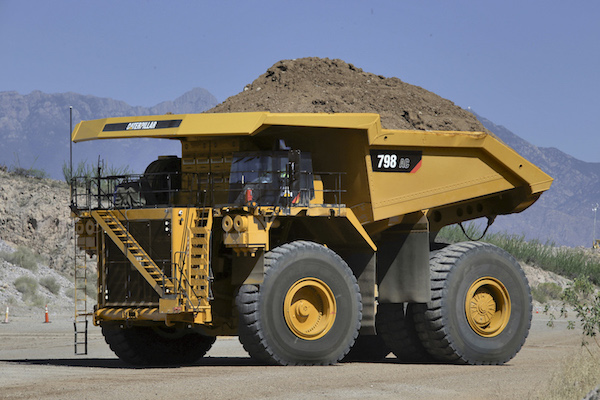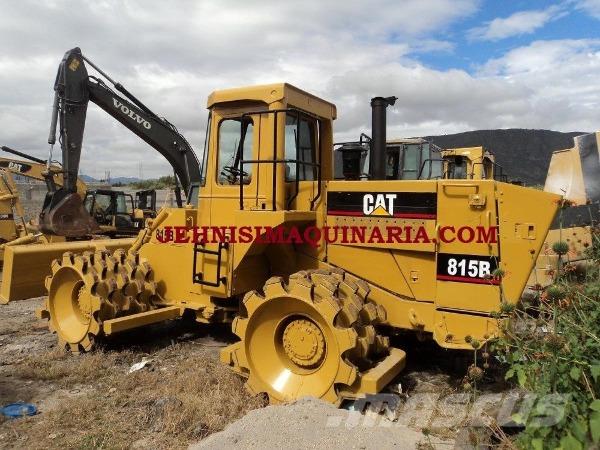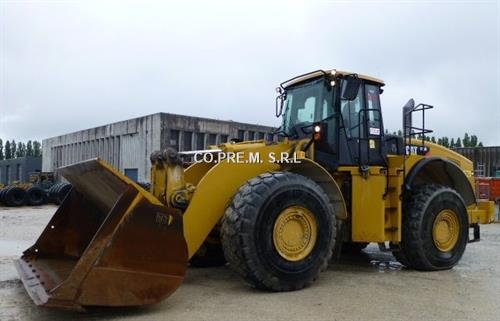
noun
- the wormlike larva of a butterfly or a moth.
- a person who preys on others; extortioner.
Trademark.
- a tractor intended for rough terrain, propelled by two endless belts or tracks that pass over a number of wheels.
noun
- the wormlike larva of butterflies and moths, having numerous pairs of legs and powerful biting jaws. It may be brightly coloured, hairy, or spiny
noun trademark
- an endless track, driven by sprockets or wheels, used to propel a heavy vehicle and enable it to cross soft or uneven ground
- a vehicle, such as a tractor, tank, bulldozer, etc, driven by such tracks
mid-15c., catyrpel, probably altered (by association with Middle English piller “plunderer;” see pillage) from Old North French caterpilose “caterpillar” (Old French chatepelose), literally “shaggy cat” (probably in reference to the “wooly-bear” variety), from Late Latin catta pilosa, from catta “cat” (see cat (n.)) + pilosus “hairy, shaggy, covered with hair,” from pilus “hair” (see pile (n.3)). Cf. also French chenille “caterpillar,” literally “little dog.” A Swiss German name for it is teufelskatz “devil’s cat.” “The caterpillar has in many idioms received the name of other animals” [Kitchin, who cites also Milanese cagnon “little dog,” Italian dialectal gattola “little cat,” Kentish hop-dog, hop-cat, Portuguese lagarta “lizard.” Cf. also American English wooly-bear for the hairy variety. An Old English name for it was cawelworm “cole-worm.” Caterpillar tractor is from 1908.
- The wormlike larva of a butterfly or moth. Caterpillars have thirteen body segments, with three pairs of stubby legs on the thorax and several on the abdomen, six eyes on each side of the head, and short antennae. Caterpillars feed mostly on foliage and are usually brightly colored. Many have poisonous spines.
 Liberal Dictionary English Dictionary
Liberal Dictionary English Dictionary


